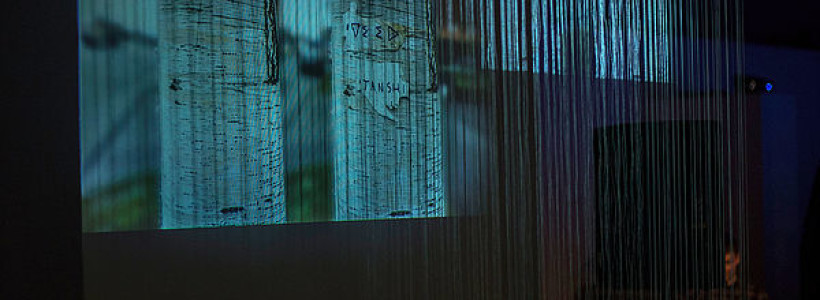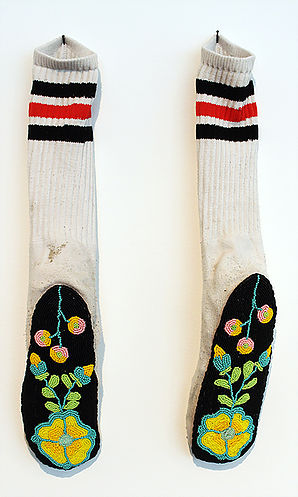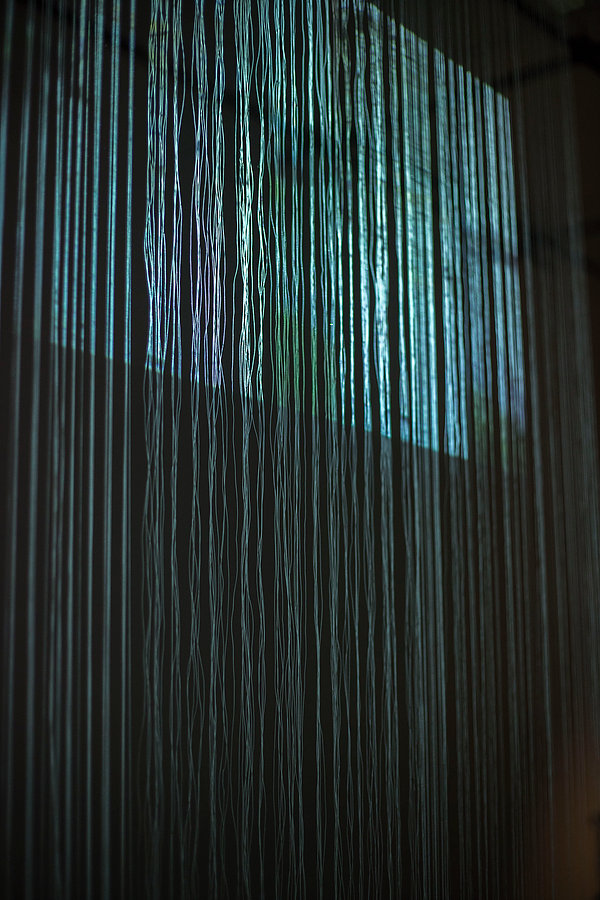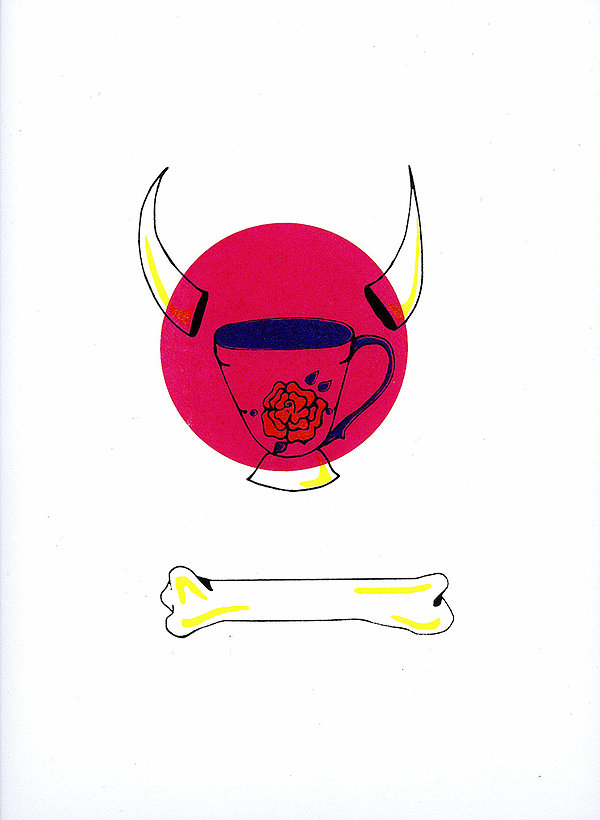Art with Audie Murray: Métis Influence and Canada’s 150th
How are Regina Indigenous Artists responding to Canada’s ‘150th’?
Leading up to July 1st, I have had the opportunity to connect with Regina born (or raised) artists to ask them how their art will reflect or protest Canada’s upcoming ‘birthday.’
I had the opportunity to speak with Audie Murray, a Saskatoon born and Regina raised Métis artist, about her perspective of art and her outlook on Canada’s ‘150th.’ Audie currently resides in Vancouver, British Columbia and recently had an exhibition: Nonagon In | Flux featured at the MacKenzie Art Gallery.
Q: “How does your Indigenous Heritage influence your work?”
A: “Currently my artistic practice is totally focused on my Indigenous Heritage. At the beginning of art school I was just making whatever because I was still figuring out what art even was. It didn’t take me long to start making work about issues that were important to me — most of which involved issues around Indigenous identity. I’ve made work about loss of language, the representation of Indigenous female bodies, and have focused on specific traditional materials. I just had some beaded items shown as part of my undergrad show and I am really liking the work that’s being created lately.”
Q: “When did your passion for art begin?”
A: “I can’t really pinpoint a set time that I started loving art. I think it has always just been something that seemed to come naturally enough to me to have fun pursuing. I remember going to a few art classes with my mom when I was 5 or 6 and loving the environment.”
Q: “Which artists do you feel inspired by?”
A: “Way too many to list in this interview! I get inspired by a lot. Some big names I could throw out would be James Luna, Alanis Obomsawin, Annie Pootoogook. It really depends on what I am working on or where I am in life. I have many friends that have an art practice that I find to be so inspiring, and I love working off of their vibes.”
Q: “Which environments do you feel inspired by?”
A: “I feel good when I have just left an art show I was able to visit in person. Having studio space around other creative people is also creatively charging. Landscapes are inspiring to me too, like driving through the prairies or walking on the beach and finding a curious rock.”
Q: “What do you do when you don’t feel creative or inspired?”
A: “I’m not sure that I have run into creative block in my life but rather, sometimes I feel pretty lethargic in my practice. I guess I just always try to keep my hands moving- usually with some beadwork, sketches and collages. Setting aside a specific time to work on my art is helpful too.”
Q: “Can you speak about your recent exhibition ‘Nonagon In | Flux.’ What was the process and inspiration for these pieces?”
A: “Nonagon In | Flux was my group undergrad show that was at the Mackenzie Art Gallery. I had some sculptures and drawings in the show that were centered around beadwork. Questioning the personality of a bead and how beadwork can be represented in a less traditional context.”
Q: “Your pieces seem to challenge the conventional, how do you utilize beading to do this?”
A: “With this work I wanted to rethink ways in which beadwork could be used or thought about. Beadwork is a traditional way of working within many Indigenous cultures, but I wanted to push beadwork beyond its traditional use. I envisioned the beads as having their own energy that was able to intervene on objects and change their intended use while bringing up larger questions. So I beaded the sole of a pair of socks, a condom, a menstrual cup and a teabag to completely subvert their intended use.”
Q: “Do you believe that art can be used to heal, or perhaps decolonize, within Indigenous communities?”
A: “Yes absolutely. I think that is especially true with traditional practices like beadwork, singing, tattooing, there are so many examples. It allows you to connect to practices that would have been learned if displacement of culture didn’t occur. Practicing a form of art let’s your soul speak and help you learn what you need to know to heal.”
Q: “Does your work confront or challenge colonialism?”
A: “I have made work that challenges colonialism before and in a sense it is difficult not too. A lot of the hardships Indigenous peoples are facing root from colonialism. Even when I am focusing on the Michif language, or a specific material, the reason why it’s so unpracticed is because of colonization. Practicing resurgence is important to my art practice because it works towards re-learning these lost practices and being able to find a place in the world.”
Q: “Would you consider any of your pieces ‘resistance art’?”
A: “I don’t know if I would describe myself as a resistance artist. It’s not so much about resistance for me but rather learning and sharing what I’ve learned with my community and creating a platform to share what I want to say.”
Q: “What are your feelings towards Canada’s ‘150th’ and do you have any pieces in-the-works specifically for Canada’s celebration?”
A: “I’m not working on anything for Canada’s 150 celebration. It’s not something I feel overly excited about celebrating so I’m not really celebrating it. I’ve seen a lot of posts on my social media stating that Canada is far older than 150 years, and I agree with that sentiment. There is much for Turtle Island to celebrate but there is also a lot history that seems to not be addressed. One textbook that I read in University was called Last Steps to Freedom by John Boyko and it stuck with me. It was a tough read but I learned a lot.”
Q: “What art and projects can we look forward to viewing and experiencing from you in the future?”
A: “I’m heading to the Earth Line Tattoo Residency during July, which is focused on Indigenous tattoo resurgence, which I am very excited about! Other than that I have a couple of shows in the works. Some of my work will be showing in Montréal during July at the Art Mûr Gallery in a group show called Fresh Paint / New Construction.”
Check out more of Audie’s work: Audie Murray
Denica Bleau




